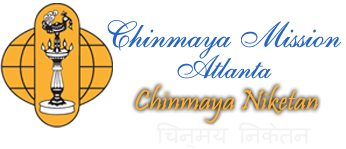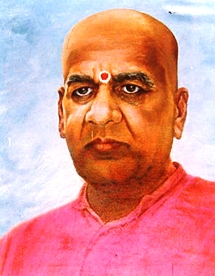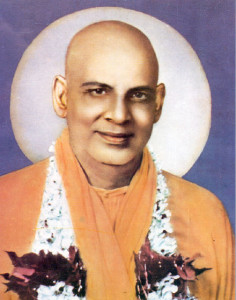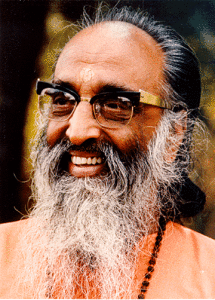Pujya Guruji Swami Tejomayananda |
|
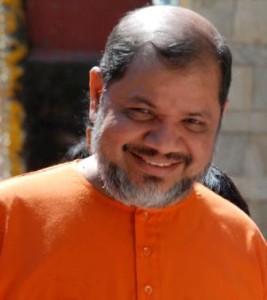 H.H. Swami Tejomayananda H.H. Swami Tejomayananda |
Swami Tejomayananda, the previous head of Chinmaya Mission worldwide is fluent in English, Hindi, Marathi and Sanskrit. He has written commentaries on many scriptural texts, translated Swami Chinmayananda’s commentaries into Hindi, and authored a number of original works in Sanskrit. Swamiji excels in expounding upon a wide spectrum of Hindu scriptures, fromRamayāna to the Shrīmad Bhagavad Gīta and the Upanishads. As Gurudev did before him, Guruji, as he is known affectionately, moves around the world at a bewildering pace conducting jnāna yajnas.Sudhakar Kaitwade (as he was previously called) was born in Madhya Pradesh on 30th June 1950. As a student he took a keen interest in music and drama. The spiritual call came to him in 1970 when he heard a Gita discourse given by Swami Chinmayananda. He was inspired to join the Vedanta Course at Sandeepany Sadhanalaya in Mumbai. After graduation in 1975, he served in the field for a few years as Brahmachari Vivek Chaitanya and was initiated into sannyāsa by Pujya Gurudev in 1983.Swamiji became the head of the Chinmaya Mission upon Swami Chinmayananda’s mahāsamādhi in August 1993. He assumed his new role with ease and humility, and is working tirelessly to fulfill the vision of his guru. As he puts it, “I am not in Swamiji’s shoes, I am at his feet.”Pujya Guruji’s itinerary |
Swami Swaroopananda, Head – Chinmaya Mission Worldwide |
|
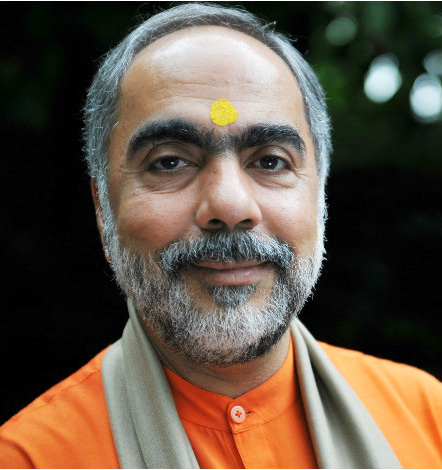 H.H. Swami Swaroopananda H.H. Swami Swaroopananda |
Born and brought up in the bustling commercial capital of India, Swamiji had always been convinced that beyond life’s superficial, everyday joys and sorrows, there was something more enduring and satisfying. As a child he heard from his grandmother many religious stories based on the great Indian epics and the history of saints. These stories suddenly came to life, acquiring new meaning and depth, when as an adolescent he encountered the preeminent Master of Vedanta, Swami Chinmayananda.
His heart completely moved and inspired, in 1984 Swami Swaroopananda gave up his family’s thriving business in Hong Kong to undergo intensive training under Swami Chinmayananda and Swami Tejomayananda at Sandeepany, Mumbai. He was initiated into the monastic order in 1992. Since then, he has touched thousands of lives across the world, and his tremendous work in bringing out the essential wisdom and underlying unity of all religions has garnered him a place among the vanguards of self-development philosophy. Swamiji has authored several commentaries on such important spiritual classics as Ik Onkar, Maha Mrityunjaya Mantra and Sankat Mochan, besides numerous books on contemporary lifestyle subjects such as Simplicity and Meditation, Storm to Perform, Avatar, Managing the Manager and Journey into Health. Swamiji is equally adept at conducting ‘holistic management’ seminars for senior corporate executives. Among the well-known institutes he has been invited to speak at are The Ford, London Business School and Harvard University, to name a few. In fact, a proprietary self-development course he conceived and initially conducted, Make It Happen™, has been adapted and integrated into the human resource training programs of various corporate organisations in India and beyond. |
